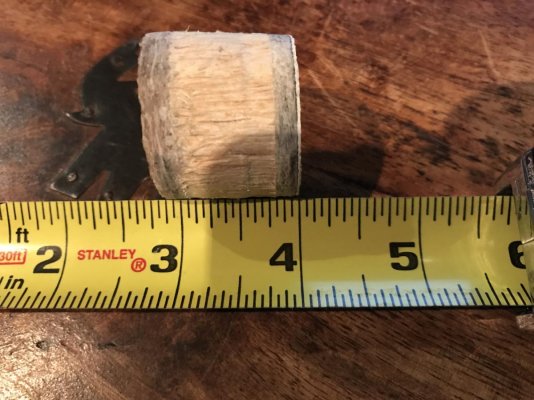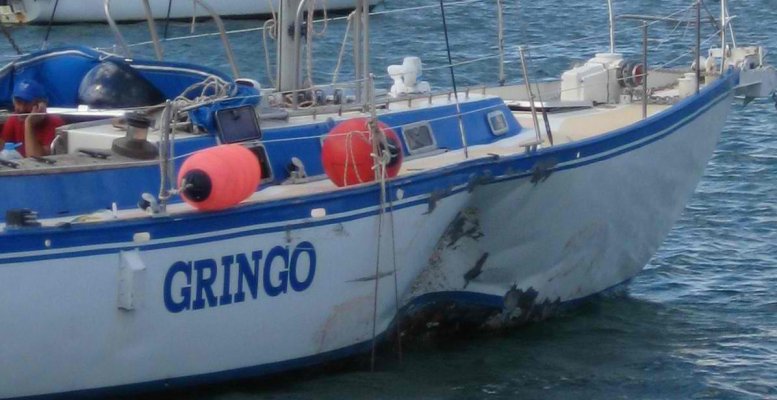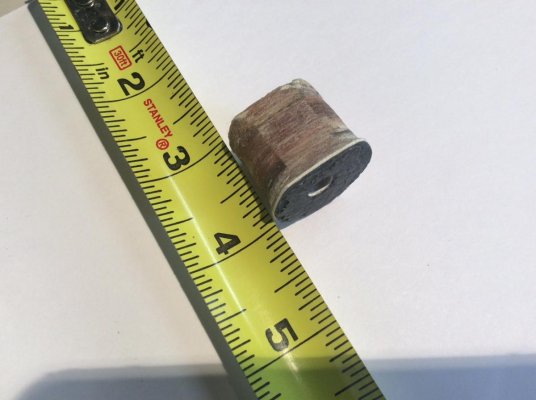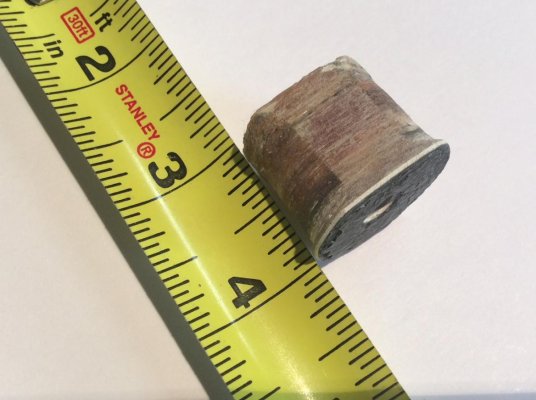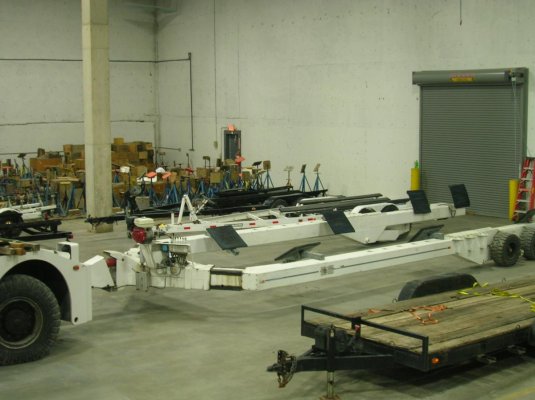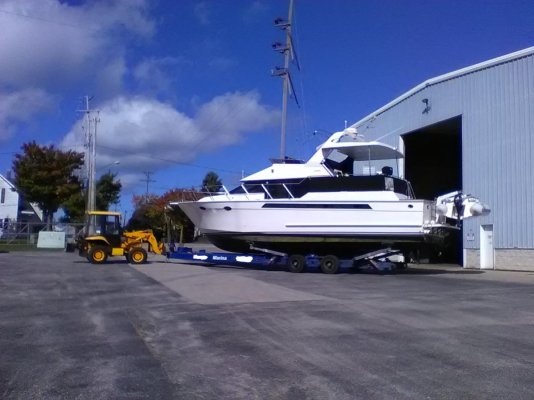Tom.B
Moderator Emeritus
- Joined
- Jul 30, 2009
- Messages
- 5,839
- Location
- USA
- Vessel Name
- Skinny Dippin'
- Vessel Make
- Navigator 4200 Classic
Well this is a bit of a bummer. I just found out we have a cored hull. Balsa wood I assume. We bought the boat thinking it was a solid hull. Whether the survey said one way or another, I don't know. I may dig it up later. Soon after purchasing our 2000 Navigator 4200, we put her in the yard to get all the running gear balanced, aligned, and trued. During the time out, I had the yard install a thru-hull for later use as a anchor washdown. I had the yard save the plug for me. Now, this has been almost a year and a half and I stumbled across it just last week in the garage. I decided to throw it under a sander to see how it looked. Low and behold, there is about 3/4" of balsa sandwiched between two layers of something like 3/16" of glass. (not actual measurements)
Let me be clear on this: While we are a little concerned about the idea of having a cored hull (especially since I have, for the past 2 years, lived under the idea we had a thick and solid one), we can't, at this point, do anything about it. Nor will I up and sell it over this discovery. What we DO need to know is what kind of precautions, if any, should we take to prevent future problems?
We are needing to put her in the yard for bottom paint in the next few weeks, so if there is something I could do while she is out or just generally moving forward... I am all ears (or eyes in this case).
Thanks.
Let me be clear on this: While we are a little concerned about the idea of having a cored hull (especially since I have, for the past 2 years, lived under the idea we had a thick and solid one), we can't, at this point, do anything about it. Nor will I up and sell it over this discovery. What we DO need to know is what kind of precautions, if any, should we take to prevent future problems?
We are needing to put her in the yard for bottom paint in the next few weeks, so if there is something I could do while she is out or just generally moving forward... I am all ears (or eyes in this case).
Thanks.


